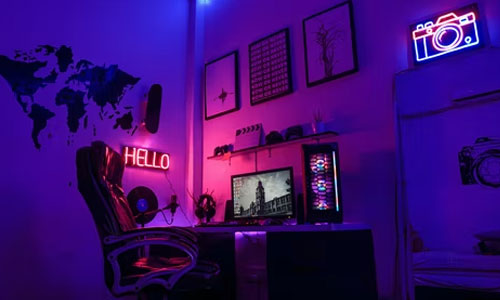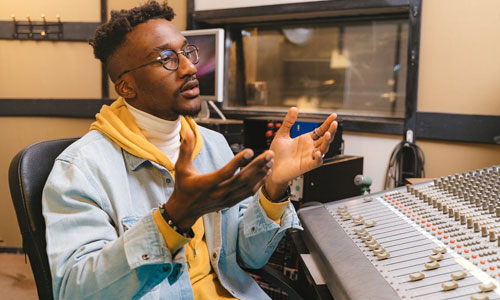Getting quality recording gear and equipment is only the first stage of getting everything set up before producing and mixing music. Every aspiring recording artist should know about the importance of getting the room itself ready for recording and producing.
Big rooms are always better for recording music. The bigger space will allow for multiple musicians and space for your ever-growing collection of recording equipment and instruments.
Rooms that are perfect for acoustic sounds include high ceilings, irregular surfaces, and asymmetrical walls. Even though only professional recording studios can afford to design the perfect studio room, it is possible to use a few acoustic tricks to get the sound just right.

Take all the necessary measures to ensure your room is quiet and soundproof. Noise from the outside can have a negative impact on the recording quality of your music. Make sure the noise from neighbours, cars, birds, wind, and storms can be cancelled out in the studio.
The recording studio should be built on hard flooring that is suitable for loud music and high-pitched sound vibrations. Floors made from hardwood, tile, or concrete are ideal for acoustics. Carpet flooring can sabotage the acoustics.
To prepare the walls of the room, it is best to first clear the floor space and take everything off the walls. Put together a budget-friendly acoustic treatment plan by utilising tools like an Auralex Roominator. After you have treated the walls with acoustic treatment, you can start to get your workstation ready for recording and producing.

The workstation should be as professional as possible. Get a comfortable ergonomic chair and large desk that will be suitable for all your recording equipment and gear. Professional recording artists have multiple rooms to perform different recording tasks. However, it is possible to get a room ready to incorporate all the different stages of the recording process.
There are two common recording setups known as the SOLO and the DUAL recording setups. The SOLO setup involves organising all the gear and equipment around you in a circle, while the DUAL setup comprises two stations, one for the artist and the other for the sound engineer.
Follow Music UK for more tips on designing the perfect recording studio. Learn to record and produce music like a professional.
